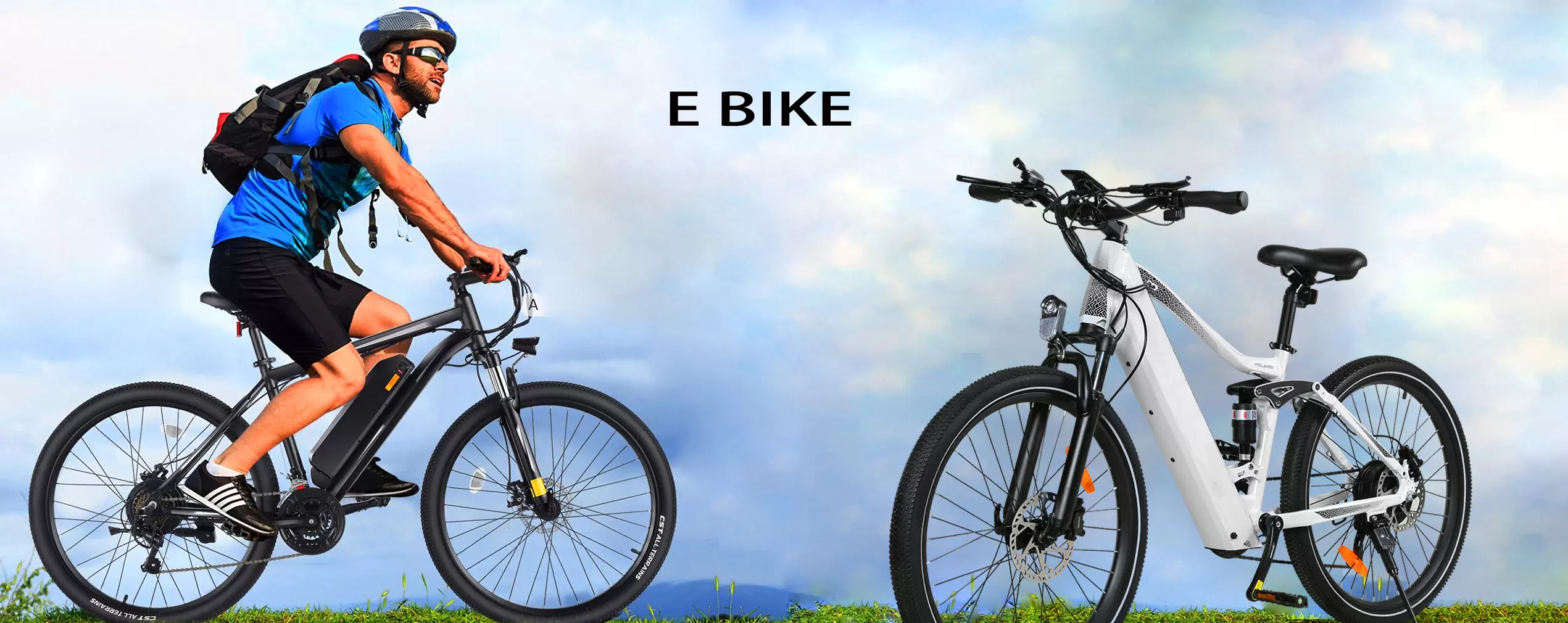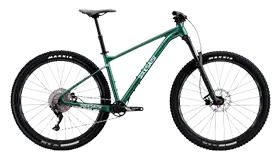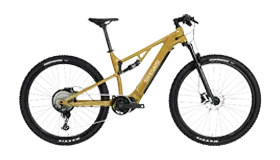36V vs.48V Fat Tyre Ebike,Which One Is Better for You

Choosing between a 36V and 48V fat tire e-bike depends on several factors, including your intended use, terrain, budget, and personal preferences. Here’s a breakdown of the differences and considerations to help you decide which one might be better for you:
Motor Performance:
- 36V E-bike: Typically, a 36V e-bike will have a slightly less powerful motor compared to a 48V e-bike. This means it may have a lower top speed and less torque, which could affect its performance on steep hills or when carrying heavy loads.
- 48V E-bike: A 48V e-bike usually provides more power and torque, allowing for faster acceleration and better hill-climbing abilities. This can be particularly beneficial if you’re riding in hilly areas or if you’re transporting heavy gear.
Battery Life and Range:
- 36V E-bike: The battery life and range can vary depending on the capacity of the battery, the weight of the bike, and the rider, as well as the level of assistance used. A 36V e-bike may have a slightly shorter range compared to a 48V e-bike, but it can still offer a decent range for commuting and leisure rides.
- 48V E-bike: The higher voltage can often mean a longer range and better overall battery performance, especially if the battery has a higher watt-hour rating. This can be advantageous for longer rides or for those who want to use their e-bike for more extended periods between charges.
Weight and Handling:
- 36V E-bike: Generally, a 36V e-bike might be slightly lighter due to the smaller battery and motor. This can make it easier to maneuver and transport.
- 48V E-bike: The additional weight of the larger battery and motor in a 48V e-bike can provide more stability, which can be beneficial in rough terrain or strong winds. However, it may be more cumbersome to handle in certain situations.
Cost:
- 36V E-bike: A 36V e-bike is often less expensive than a 48V model. If you’re on a tight budget or don’t require the extra power and range, a 36V e-bike might be the more cost-effective choice.
- 48V E-bike: Expect to pay more for a 48V e-bike, but you’ll get increased performance and potentially a longer-lasting battery.
Intended Use:
- 36V E-bike: Suitable for riders who prioritize cost-effectiveness and don’t need the additional power for steep hills or heavy loads. It’s great for flat terrain, light commuting, and casual riding.
- 48V E-bike: Ideal for riders who need more power and range, especially in hilly or rugged environments, or for those who plan to carry extra weight. It’s suitable for off-road trails, longer commutes, and heavy-duty use.
Ultimately, the “better” option depends on your individual needs and circumstances. If you’re looking for a more affordable and lightweight e-bike for casual use, a 36V model might be the way to go. However, if you require more power and range for challenging rides or heavy loads, a 48V e-bike would be a more suitable choice. Always consider your local terrain, riding habits, and the specific features of the e-bike models you’re considering before making a decision.










